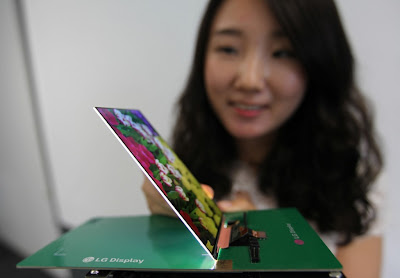Samsung developing mind-controlled mobile devices?
We all know that current smartphones like the iPhone and Samsung Galaxy S4 are controlled by touch, gesture and eye movement. But how about your mind? Well, it is possible, at least in the future because recently this year, Samsung teamed up with wearable computing expert, Roozbeh Jafari from University of Texas to translate thoughts into computing tasks using an electroencephalogram cap.
The electroencephalogram uses electrodes to pick up the brain's electrical signals. Turns out that these signals have repetitive patterns when a subject come in contact with visual stimuli such as opening applications. However, right signals need to be separated correctly in order to accurately control the device and that is one of the main challenges that they faced.
Insoo Kim, who is a Samsung's lead researcher on the project said "several years ago, a small keypad was the only input to control a phone. But nowadays, users can use voice, touch, gesture, and eye movement to control and interact with their smartphones. Adding more input will provide us with more easier and richer ways to interact with devices."
There is a demo video that shows a subject using an electroencephalogram cap controls a Samsung Galaxy Tab by just using thoughts. It is mind-blowing that you can actually think what you want to do on your device and it happen onscreen. How cool is that?
Although there are some mind-control devices already available to consumers out there such as the Emotiv EPOC, the functionality is still very limited and you still need to use your fingers sometimes. As for Samsung, they want this technology to allow users to fully control their devices with just thoughts.
Nevertheless, this project is still in the early stage so don't expect to see thought-controlled smartphones in the market soon.
As of now, the system that Samsung developed has around 80%-95% accuracy. When it is ready, there will be a lot of potential uses of this technology, such as helping disabled people use mobile device.
We hope to see this technology to be implemented in smartphones and tablets in the future, without that clunky headset of course.





















